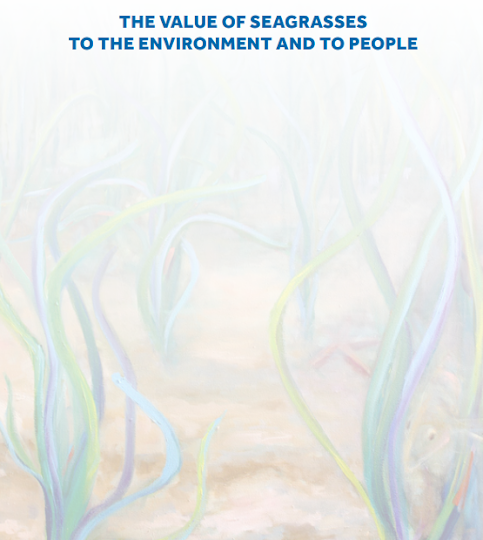- The benefits from conserving and restoring seagrass meadows can also help countries achieve 26 targets and indicators associated with ten Sustainable Development Goals.
- Given the carbon storage and sequestration capacity of seagrass ecosystems, including them in nationally determined contributions (NDCs) can help nations achieve their targets under the Paris Agreement and the United Nations Framework Convention on Climate Change (UNFCCC).
- Inclusion of seagrass ecosystems in the post-2020 global biodiversity framework and the Convention on Biological Diversity (CBD) is also critical for protecting the integrity of marine ecosystems and biodiversity.
- Restoration of seagrasses also provides countries with opportunities to achieve commitments to be made to the United Nations Decade on Ecosystem Restoration.
EVENTS: On March 1st, to observe the World Seagrass Day 2024, a panel discussion will be held at UNHQ to find the ways to save seagrass meadows. The IORA Indian Ocean Blue Carbon Hub is holding a photography competition to highlight these extraordinary ecosystems.
PUBLICATION: Seagrasses are one of the most widespread coastal habitats on the planet. They provide a range of environmental, economic and social benefits to humans, making them one of the most valuable coastal and marine ecosystems on Earth, but they are under threat. The report, Out of the Blue: The Value of Seagrasses to the Environment and to People (UNEP), provides recommendations to help restore them.


No comments:
Post a Comment